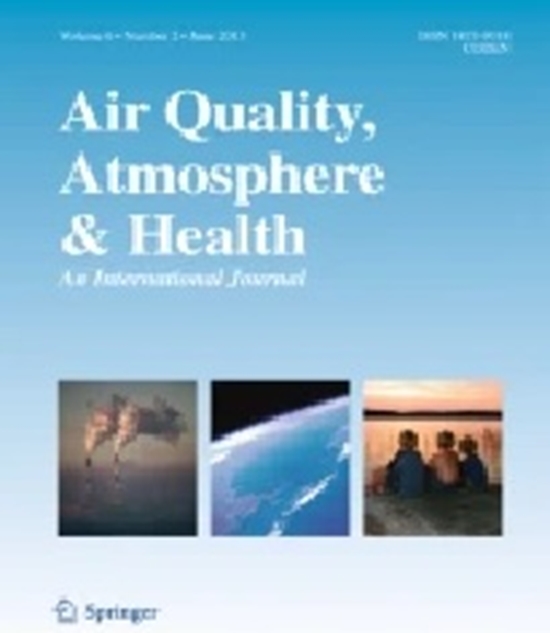Association between short-term exposure to PM and cardiovascular mortality in Iran: a systematic review and meta-analysis
Association between short-term exposure to PM and cardiovascular mortality in Iran: a systematic review and meta-analysis

|
Title |
Association between short-term exposure to PM and cardiovascular mortality in Iran: a systematic review and meta-analysis |
|
Author(s) |
Samira Tabaei, Mostafa Hadei, Neda Pasalari, Maryam Panahande & Seyedeh Samaneh Tabaee |
|
Published |
18 January 2023 |
|
Journal |
Journal of Environmental Health Science and Engineering |
|
Abstract |
Given the limited evidence on the effect of particulate matter (PM) on health in Middle Eastern countries and especially Iran, this study aimed to systematically review all the studies on the relationship between short-term exposure to PM and cardiovascular (CVD) mortality in Iranian cities. We searched three databases of Scopus, PubMed, and Web of Science in February 2022. The data required for the meta-analysis were extracted from the articles. Four sets of the meta-analysis were performed, including PM10-total CVD mortality, PM10-ischemic heart disease (IHD) mortality, PM2.5-total CVD mortality, and PM2.5-IHD mortality. Of 228 documents, nine studies were eligible for the qualitative assessment, while eight were included in the meta-analysis. PM2.5 had stronger and positive effects on total CVD mortality than PM10. Meta-analysis showed that non-cumulative exposure to 10 μg/m3 PM2.5 was significantly associated with CVD mortality in lag 1 (1.01, 95% CI: 1.01, 1.02), lag 2 (1.01, 95% CI: 1.00, 1.01), lag 3 (1.01, 95% CI: 1.00, 1.01), and lag 7 (1.01, 95% CI: 1.00, 1.01). In addition, cumulative exposure to PM2.5 had significant effects on CVD mortality in all lag days, by RRs ranging from 1.01 (95% CI: 1.00, 1.02) in lag 0-1 to 1.02 (95% CI: 1.01, 1.03) in lag 0-7. No significant association were found between PM10 and CVD and IHD mortality. Given the positive effects of PM2.5 on mortality, special considerations should be taken into action to control the emissions and reduce the exposure to PM2.5 in Iranian cities. |
|
Article Address |
DOI:10.1007/s11869-023-01307-2 |




ارسال به دوستان